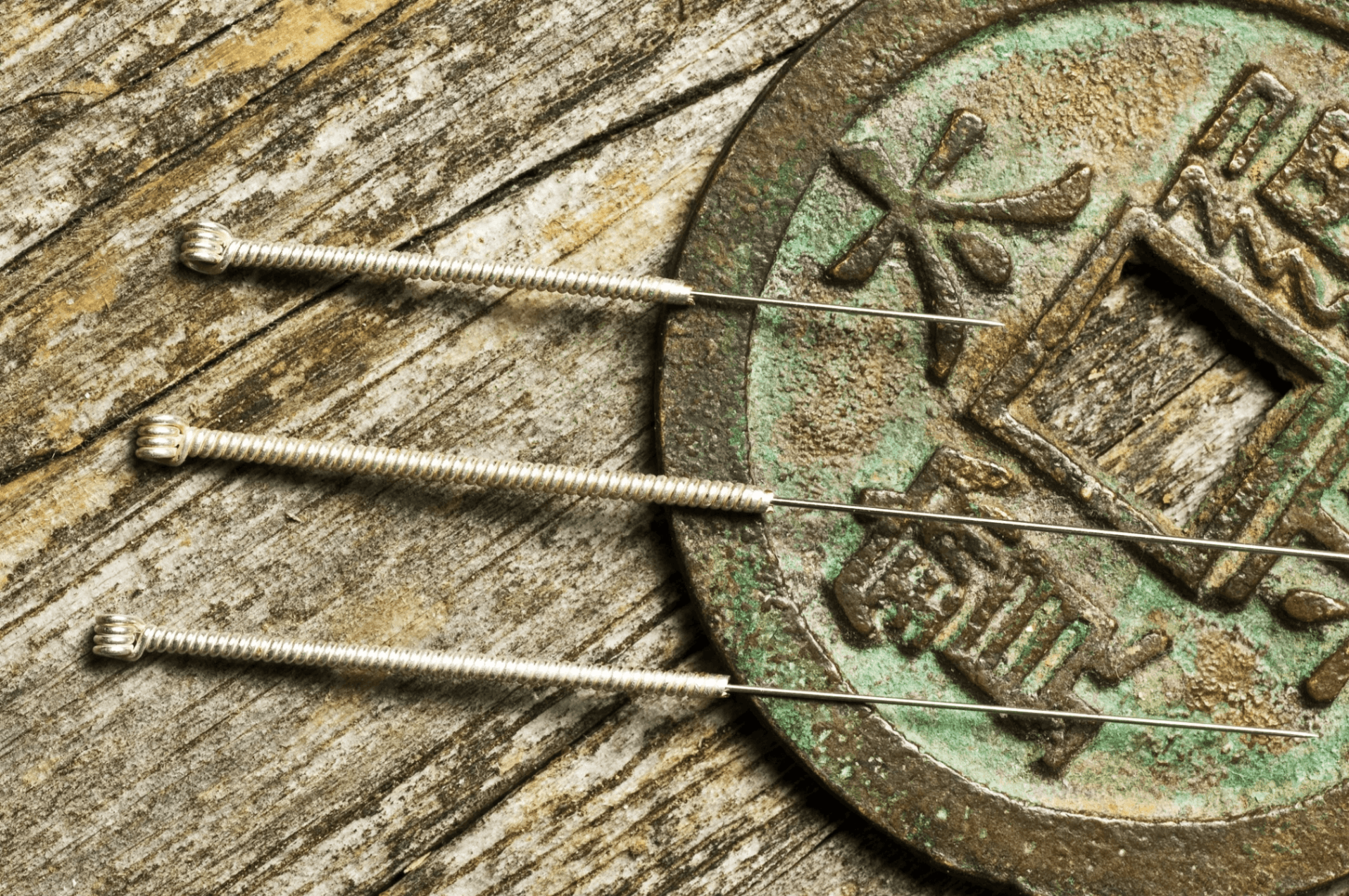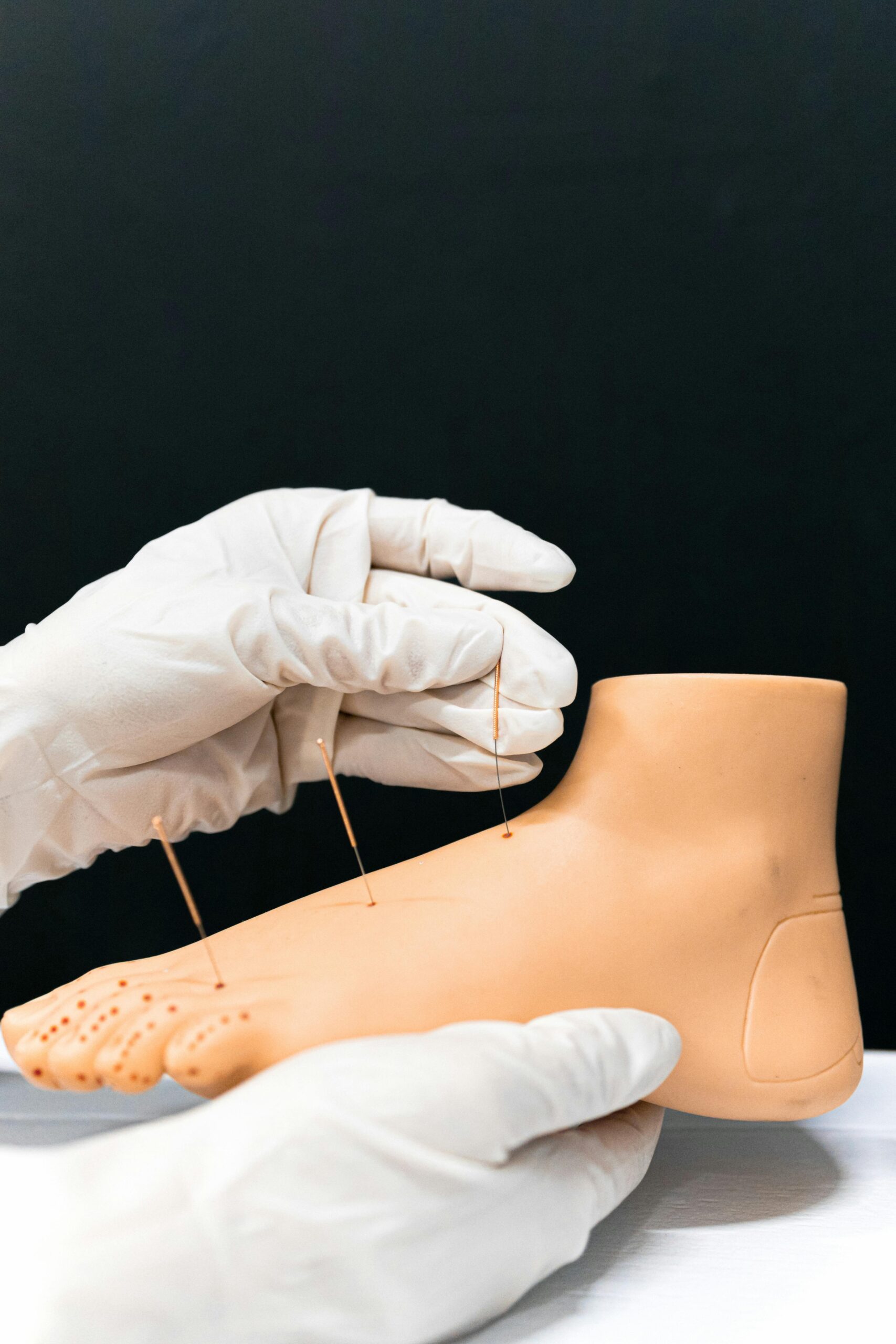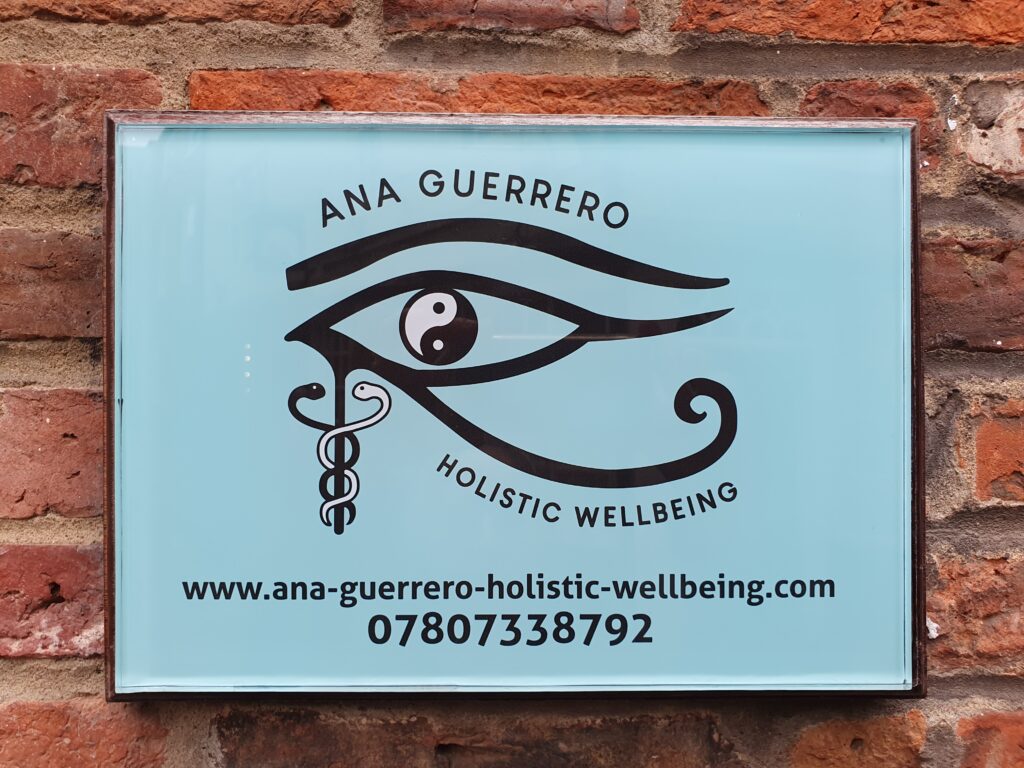Acupuncture is an ancient practice that stems back approximately 3000 years where it was likely developed from a combination of Chinese household traditions passed down over centuries. The knowledge of medicinal plants and home remedies were collected and the first documented evidence of acupuncture is in The Yellow Emperor’s Classics of Internal Medicine, dated back in 100 BCE.
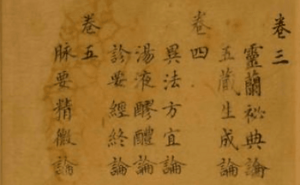
Traditional Chinese Medicine (TCM) is built around a deep understanding and appreciation of the patterns of nature applied to the human body. Meridians or channels, are invisible pathways through which Qi, the vital life force, flows to form an energy that connects all parts of the body and feeds information between the organs. This internal flow, resonates with and follows the flow of the universe in order to achieve harmony and optimal health. If that harmony is impeded, that is when illness to occurs.
Acupuncture was designed to optimise the flow of Qi around the body in order to keep the communication pathways working efficiently and maintain or restore that balance as required for humans to experience true health.
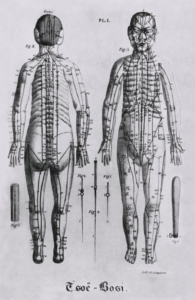
The first European physician to report on acupuncture did so in around 1680. Willem Ten Rhijne was a Dutch physician who was dispatched to Japan in 1974 as part of his role with the Dutch East India Company where he witnessed acupuncture practice amongst other Eastern medicinal and healing modalities. Unfortunately, though there were pockets of interest in his findings, Western medicine wasn’t ready to buy into the concepts of TCM, as their scientific rationality struggled to grasp the indefinable and invisible nature of Qi and meridians. In Western medicine, if it cannot be measured, it doesn’t exist and the research parameters to provide evidence of effectiveness of different drugs and therapy modalities are too rigid and narrow and suit mainly the reductionist Western medicine model. Luckily, Mr Hugh McPherson created add-ons for acupuncture research which have helped making evidence-based research more inclusive of acupuncture’s medical model. Modern studies have used powerful images of the brain from functional MRI scans that have helped to further demonstrate the effectiveness and the power of acupuncture and there is a study carried at the University of York using and MRI machine that shows the neuro-sensorial effects of acupuncture in the brain. More about the study in this 3-minute video by the BBC.
This reluctance was compounded by the belief systems within TCM which seemed to call into question the efficacy of acupuncture; namely that curing disease was influenced by night and day, the lunar cycles and the seasons – the very natural relationships, patterns, rhythms and cyclic change that we refer to as Yin and Yang. The West felt these were excuses for inconsistent results and discredited acupuncture as a healing modality. It was not until much later, in the 1940’s, that the West developed a system of trigger points that were believed to inhibit pain, and the correlation with China’s spiritually identified acupuncture points became evident.
And so, initially, acupuncture was used for pain management in the West. The majority of medical practitioners were still not aware of the fact that acupuncture has been used in the East to prevent and treat many kinds of disorders for thousands of years, not just to manage pain. But progress is progress and it is welcomed! Eastern medicine has long accepted acupuncture, both through intuition and through practice; its efficacy is proven by experience. Western medicine still longs for facts and statistics and to measure and harness something which cannot be seen, only experienced.
Fast forward and the global acupuncture market was worth US$27.1 billion by the end of 2021 and expected to reach $143.6 billion by the end of 2032. It is now seen that the ineffectiveness and side-effects of modern pharmaceutical drugs, often in the management of symptoms rather than cause, has not provided sufficient results and has prompted a growth in the adoption of alternative solutions. While acupuncture is still more often used in conjunction with more modern medicine, its value is being recognised in the medical and scientific communities. More importantly, recipients are experiencing the benefits for themselves and their access to qualified, experienced practitioners gives them more opportunity to do so.
I hope you found this interesting!
Be well.
Ana Guerrero.


